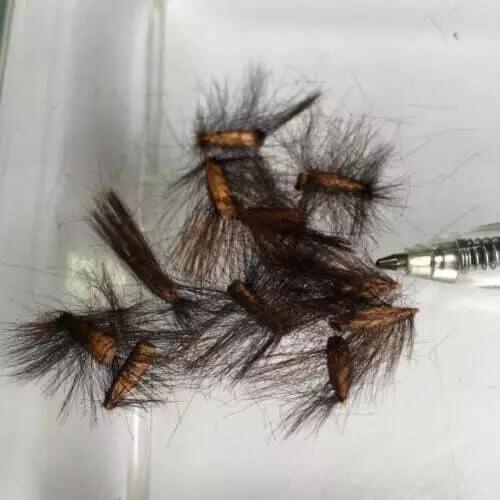Seed World
5 King Protea (Protea cynaroides) Seeds
5 King Protea (Protea cynaroides) Seeds
Couldn't load pickup availability
Grow one of the world’s most spectacular flowers — the King Protea (Protea cynaroides), also known as the Honeypot or King Sugar Bush. Native to South Africa, this exotic beauty is celebrated for its massive, crown-shaped blooms, often reaching up to 12 inches across. The striking pink-and-white flower heads resemble royal crowns and make stunning cut flowers, garden centerpieces, or statement landscape plants.
This evergreen shrub thrives in warm, sunny, and well-drained environments, producing leathery green foliage and long-lasting blossoms filled with nectar that attract hummingbirds, bees, and butterflies. With a lifespan of decades, the King Protea symbolizes courage, transformation, and beauty — making it the perfect plant for collectors and garden enthusiasts alike.
🌱 Why Grow King Protea (Protea cynaroides) Seeds?
- 👑 Produces enormous, crown-shaped pink blooms — a true garden showstopper.
- 🌸 Long-lived evergreen shrub — flowers for years.
- 🦋 Attracts pollinators like bees and hummingbirds.
- 💐 Ideal for cut flowers, landscaping, or containers.
- 🌿 Symbol of strength and renewal — perfect for meaningful gifts or special gardens.
🌿 Growing Tips
-
☀️ Light: Full sun is essential.
-
🌱 Soil: Sandy, acidic, and well-draining (avoid rich or clay soils).
-
💧 Water: Light, infrequent watering — drought-tolerant once established.
-
🌡️ Temperature: Prefers warm climates (zones 9–11).
-
🌾 Planting Depth: Sow seeds on surface; lightly cover with sand.
-
⏳ Germination: 30–60 days at 70–75°F.
- ✂️ Maintenance: Avoid fertilizers with phosphorus — Proteas are sensitive.
💡 Pro Tip: For best germination, soak seeds in warm water for 24 hours before planting.
❓ Frequently Asked Questions (FAQ)
How big do King Protea plants grow?
They typically reach 3–6 feet tall and wide when mature.
How long does it take to flower?
Expect blooms in 2–3 years under ideal conditions.
Can I grow King Protea indoors?
Yes, if placed in a bright, sunny spot with excellent drainage.
What climate is best for Protea cynaroides?
Warm, frost-free areas (USDA zones 9–11) are ideal.
How long do the flowers last?
Blooms can last up to 3 weeks on the plant or in arrangements.
Where to Buy King Protea Seeds for Sale?
At Seeds World, we offer fresh, premium-quality King Protea (Protea cynaroides) seeds — perfect for exotic flower lovers and collectors. Order today and enjoy fast U.S. shipping straight from our greenhouse to your home!
Share








